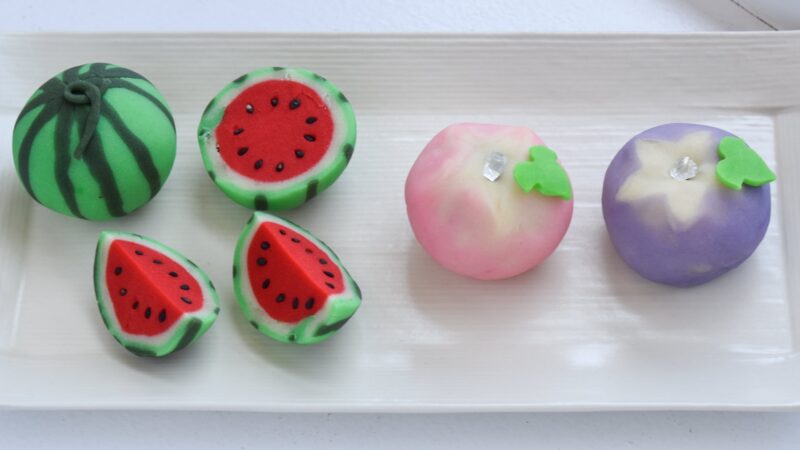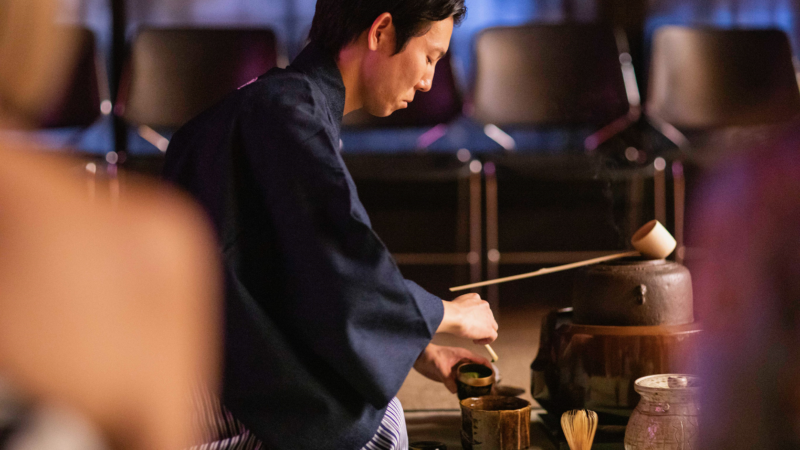
October 27, 2014 – Deborah Klens-Bigman
At the beginning of every jodo class, we practice the kihon (techniques). There are twelve distinct kihon, each of which is repeated for the length of the space (or sometimes two lengths). This can be pretty overwhelming for a beginner. As I wrote previously, a featureless stick is paradoxically difficult to manipulate and control. The kihon are designed to help develop this control, however. I tell newbies they should try to find a high-ceiling place to practice at home for even a few minutes a day – it can make a big difference. Learning kata is much easier when the student understands basic kihon.
As we work our way through the kihon, I keep exhorting students to count out loud. With everything that’s going on, I have to remind them frequently. Week after week, I continue to remind them. Why should we count?
Quite simply, when students (or even experienced budo teachers) are learning to do something new, they often forget one of the first rules of budo – to breathe! Students who are not making any noise during jodo kihon practice are not breathing. A student who does not breathe during kihon practice will not breathe during kata practice. A student who does not breathe during kata practice, outside of being in danger of running out of air, will run out of energy quickly, as well as harbor a lot of tension in his body. I frequently ask a red-faced person during practice if he is breathing or not, and usually get a surprised look of recognition in response. It seems incredible that a person could forget something as basic as breathing, but check yourself some time when you’re tense or nervous. Did you forget to breathe?
Moreover, the manner of breathing is important. Most people, if they pause to think about it, may realize they are breathing from their upper chests. If you are otherwise in good shape, but run out of breath easily, you might want to check this out. Lie on the floor on your back. Feel the difference? You can feel your diaphragm moving as you breathe. If you sit up and can’t feel that, you are breathing from your upper chest. The old singer/actor’s trick was to speak or breathe through a paper tube held up to the mouth. No one knows why, but if you speak through a tube, you will automatically breathe from your diaphragm. Even cupping your hand in a tube shape will work.
By counting out loud as we perform jodo kihon, we ensure that we are breathing as we make the strikes with the jo. We do kiai (vocalizations) as we perform jodo kata for the same reason. Breathing with the various strikes not only keeps us aerated (for lack of a better word), it also focuses our movement, making it both more relaxed and more efficient. Vocalizing means breathing, which leads to better technique. Don’t be embarrassed to make some noise!




